For those new to the world of game development and software creation, understanding the basics of visual scripting can seem daunting. However, with the right guidance and resources, anyone can master this powerful tool. In this comprehensive guide, we’ll delve into the fundamentals of visual scripting for beginners, exploring what it entails, how to get started, and the benefits of using this approach. From the basics of programming and scripting to the best free game engines for visual scripting, we’ll cover everything you need to know to take your skills to the next level.

Is Visual Scripting Easy to Learn?
As a game developer, I’ve had my fair share of struggles with programming languages, but visual scripting has been a game-changer for me.
- Visual scripting is a graphical representation of code, allowing you to create game logic without writing a single line of code.
- This makes it incredibly accessible to developers who may not have a strong programming background.
At Indie Dev Games, we’ve seen many developers successfully create complex game mechanics using visual scripting tools like Unity’s Bolt or Unreal Engine’s Blueprints.
- The process typically involves dragging and dropping nodes to create a workflow, which can then be connected to create a cohesive system.
- This approach allows for rapid prototyping and iteration, making it ideal for indie game development.
While visual scripting does require some learning, it’s generally considered easier to pick up than traditional programming languages.
- Many visual scripting tools come with built-in tutorials and guides to get you started.
- You can also find plenty of online resources and communities dedicated to visual scripting, offering valuable advice and support.
Some popular alternatives to visual scripting include:
- Unreal Engine’s Blueprints
- Unity’s Bolt
- Marmoset Toolbag
Ultimately, whether visual scripting is easy to learn depends on your individual experience and comfort level with technology.
However, with the right tools and resources, anyone can learn visual scripting and start creating amazing games.
Getting Started with Visual Scripting
Here are some steps to help you get started with visual scripting:
- Choose a visual scripting tool that fits your needs and skill level.
- Start with simple tutorials and exercises to get familiar with the interface and basic concepts.
- Experiment with different workflows and node combinations to develop your skills.
- Join online communities and forums to connect with other developers and learn from their experiences.
Conclusion
Visual scripting is a powerful tool for game development, offering a unique blend of creativity and accessibility.
With the right mindset and resources, anyone can learn visual scripting and unlock new possibilities for their games.
Visual Scripting
As an indie game developer, I’m always looking for ways to streamline my workflow and bring my ideas to life faster.
- I’ve found that visual scripting can be a powerful tool in achieving this goal.
- So, let’s dive into what visual scripting is and how you can get started with it.
What is Visual Scripting?
Visual scripting is a method of programming that uses a graphical interface to create logic flows and interactions between objects in your game.
- This approach allows you to focus on designing the gameplay mechanics and level layout without getting bogged down in code.
- With visual scripting, you can easily create complex behaviors and interactions by dragging and dropping nodes onto a canvas.
Benefits of Visual Scripting
There are several benefits to using visual scripting in your game development pipeline:
- Increased Productivity: By allowing you to work visually, you can iterate and test your ideas much faster than traditional coding methods.
- Simplified Complexity: Visual scripting makes it easier to manage complex systems and behaviors, reducing the risk of errors and bugs.
- Improved Collaboration: With visual scripting, designers and programmers can collaborate more effectively, as the visual interface provides a common language for communication.
Getting Started with Visual Scripting
To start using visual scripting, you’ll need to choose a suitable engine or tool.
- Unity: Unity offers a built-in visual scripting system called Bolt, which allows you to create custom logic flows and interactions.
- Unreal Engine: Unreal Engine features a visual scripting system called Blueprints, which enables you to create complex behaviors and interactions using a drag-and-drop interface.
Tips for Effective Visual Scripting
To get the most out of visual scripting, keep the following tips in mind:
- Keep it Simple: Start with simple logic flows and gradually build complexity as needed.
- Organize Your Nodes: Use folders and categories to keep your nodes organized and easy to navigate.
- Test Regularly: Regular testing helps identify issues early on and ensures your visual script works as intended.
Conclusion
Visual scripting is a powerful tool for indie game developers, offering increased productivity, simplified complexity, and improved collaboration.
By choosing the right engine or tool and following these tips, you can unlock the full potential of visual scripting and take your game development to the next level.
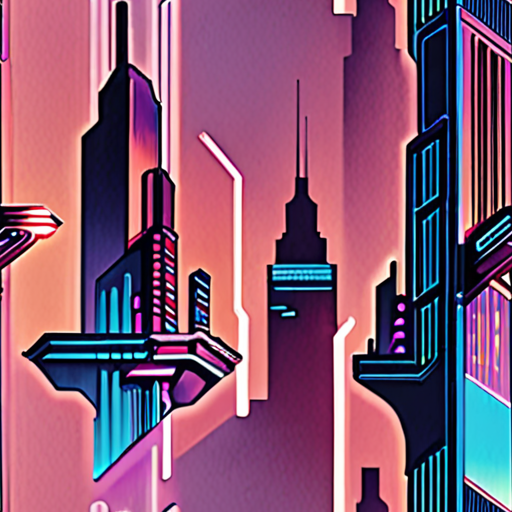
What is the Best Free Game Engine for Visual Scripting?
As an indie game developer, choosing the right game engine can be a daunting task, especially when it comes to visual scripting.
- Godot
- Unity
- Unreal Engine
Godot is a popular open-source game engine that offers a robust visual scripting system called GDScript. With its intuitive interface and extensive documentation, Godot is an excellent choice for beginners and experienced developers alike.
One of the standout features of Godot is its ability to handle both 2D and 3D game development, making it a versatile option for a wide range of projects.
Additionally, Godot has a large and active community, which means there are plenty of resources available for learning and troubleshooting.
For more information on Godot, visit their official website .
Unity is another widely-used game engine that offers a powerful visual scripting system called Bolt. While it may require a bit more setup and configuration, Unity is known for its flexibility and scalability.
With Unity, you can develop games for a variety of platforms, including PC, consoles, and mobile devices.
Unity also has a vast asset store, which provides access to a wide range of pre-built assets and plugins to speed up development.
For more information on Unity, visit their official website .
Unreal Engine is a high-performance game engine developed by Epic Games. Its visual scripting system, called Blueprints, is highly customizable and allows for complex logic and interactions.
Unreal Engine is particularly well-suited for AAA-style games and experiences, thanks to its advanced graphics capabilities and physics-based rendering.
However, it may require significant resources and expertise to get started, especially for smaller-scale projects.
For more information on Unreal Engine, visit their official website .
In conclusion, while there are many great game engines out there, Godot, Unity, and Unreal Engine stand out for their robust visual scripting systems and versatility.
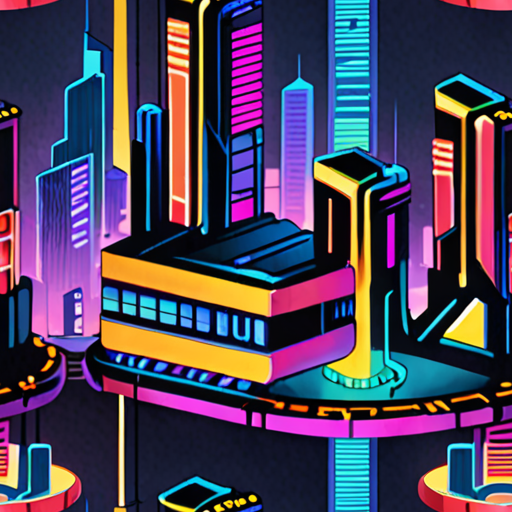
What is VisualScript?
VisualScript is a powerful tool for Unity game developers, allowing them to create complex logic flows without writing code.
- Designed to show values throughout the graph during Play mode, making it easier to visualize and debug scripts
- Highlights which nodes are being executed as it happens, providing real-time feedback and reducing debugging time
- Identifies and highlights the source of errors at runtime, streamlining the troubleshooting process
Key Features of VisualScript
- Drag-and-drop interface for creating logic flows
- Support for conditional statements, loops, and functions
- Integration with Unity’s built-in features, such as animation and physics
- Extensive library of pre-built nodes and actions
Benefits of Using VisualScript
- Increased productivity through faster script creation and debugging
- Improved collaboration among team members through visual representation of logic flows
- Reduced errors and bugs through real-time feedback and error highlighting
- Enhanced overall gaming experience through more efficient and effective script implementation
Indie Game Developers Can Benefit from VisualScript
As an indie game developer, I can attest to the power of VisualScript in streamlining my workflow and improving the overall quality of my games.
- Save time and effort through faster script creation and debugging
- Focus on creative aspects of game development, rather than getting bogged down in coding
- Deliver high-quality games to players, with reduced errors and bugs
Conclusion
VisualScript is a game-changer for Unity game developers, offering a powerful and intuitive tool for creating complex logic flows without writing code.
With its drag-and-drop interface, extensive library of pre-built nodes and actions, and real-time feedback and error highlighting, VisualScript is the perfect solution for indie game developers looking to streamline their workflow and deliver high-quality games to players.
Does Unreal Engine Have Visual Scripting?
The Blueprint Visual Scripting system in Unreal Engine is a complete gameplay scripting system based on the concept of using a node-based interface to create gameplay elements from within Unreal Editor.
- As with many common scripting languages, it is used to define object-oriented (OO) classes or objects in the engine.
- This allows developers to create complex logic and interactions between objects without needing to write code.
Key Features of Unreal Engine’s Visual Scripting System:
- Node-based interface makes it easy to create and connect nodes to build complex logic.
- Supports object-oriented programming (OOP) concepts, making it easier to manage complex systems.
- Allows for rapid prototyping and testing of ideas.
- Can be used to create custom gameplay mechanics, AI behaviors, and other complex systems.
Benefits of Using Visual Scripting in Unreal Engine:
- Reduces the need for coding knowledge, making it accessible to non-programmers.
- Increases productivity by allowing developers to focus on designing and building gameplay rather than writing code.
- Improves collaboration among team members by providing a visual representation of the game’s logic.
- Enables faster iteration and testing of ideas, leading to better game development outcomes.
Comparison to Other Game Engines:
Unreal Engine’s visual scripting system is comparable to other game engines, such as Unity’s Visual Scripting system and Godot’s Visual Scripting system.
- Each engine has its own strengths and weaknesses, and the choice ultimately depends on the developer’s needs and preferences.
- Unreal Engine’s visual scripting system is particularly well-suited for large-scale, complex games, while Unity’s system is often preferred for smaller, more agile teams.
Best Practices for Using Visual Scripting in Unreal Engine:
- Start with simple projects and gradually move on to more complex ones.
- Use the built-in debugging tools to identify and fix issues.
- Keep the script organized and modular to make maintenance easier.
- Take advantage of the community-created assets and plugins to extend the functionality of the visual scripting system.
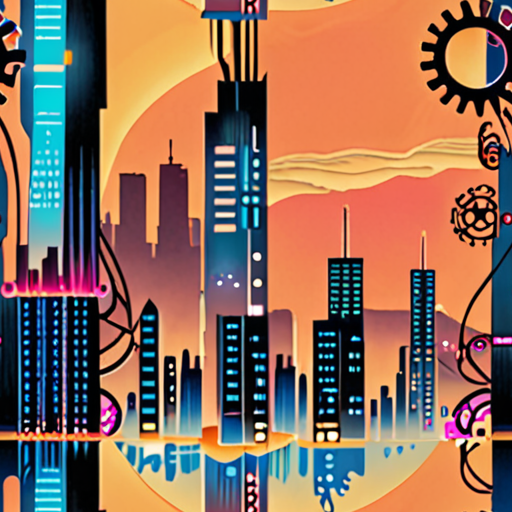
What is a Visual-Based Programming Language?
A visual-based programming language, also known as a visual programming language (VPL), is a type of computer program that allows users to develop applications using graphical components and figures.
- VPLs use methods to create two or three-dimensional software that contains graphical components, text, symbols, and icons inside its programming environment.
- This approach enables users to visualize the logic and flow of their code, making it easier to understand and debug complex programs.
Key Characteristics of Visual-Based Programming Languages:
- Graphical User Interface (GUI): VPLs feature a GUI that allows users to drag-and-drop components, connect nodes, and configure settings using intuitive visual representations.
- Drag-and-Drop Functionality: Users can easily add, remove, and rearrange components to create complex workflows and logic flows.
- Node-Based Architecture: VPLs often employ a node-based architecture, where individual components are represented as nodes that can be connected to form a network.
- Real-Time Feedback: Many VPLs provide real-time feedback, allowing users to see the effects of their changes immediately.
Benefits of Using Visual-Based Programming Languages:
- Easier Learning Curve: VPLs can be more accessible to beginners, as they eliminate the need to learn complex syntax and coding concepts.
- Increased Productivity: By providing a visual representation of code, VPLs can speed up development time and reduce errors.
- Improved Collaboration: VPLs enable teams to work together more effectively, as they provide a shared understanding of the codebase.
Popular Visual-Based Programming Languages:
- Scratch: Developed by MIT, Scratch is a popular VPL used in education to teach programming concepts to children.
- Blockly: Blockly is an open-source VPL developed by Google, which provides a block-based interface for programming.
- LabVIEW: LabVIEW is a commercial VPL developed by National Instruments, widely used in industries such as engineering, science, and research.
Conclusion:
Visual-based programming languages offer a unique approach to software development, providing a graphical interface that makes it easier to understand and create complex programs. With their ease of use, increased productivity, and improved collaboration, VPLs have become an essential tool for developers, educators, and researchers alike.

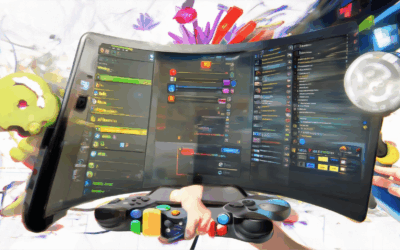
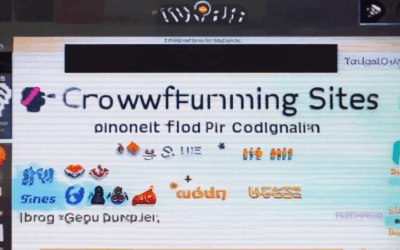

0 Comments